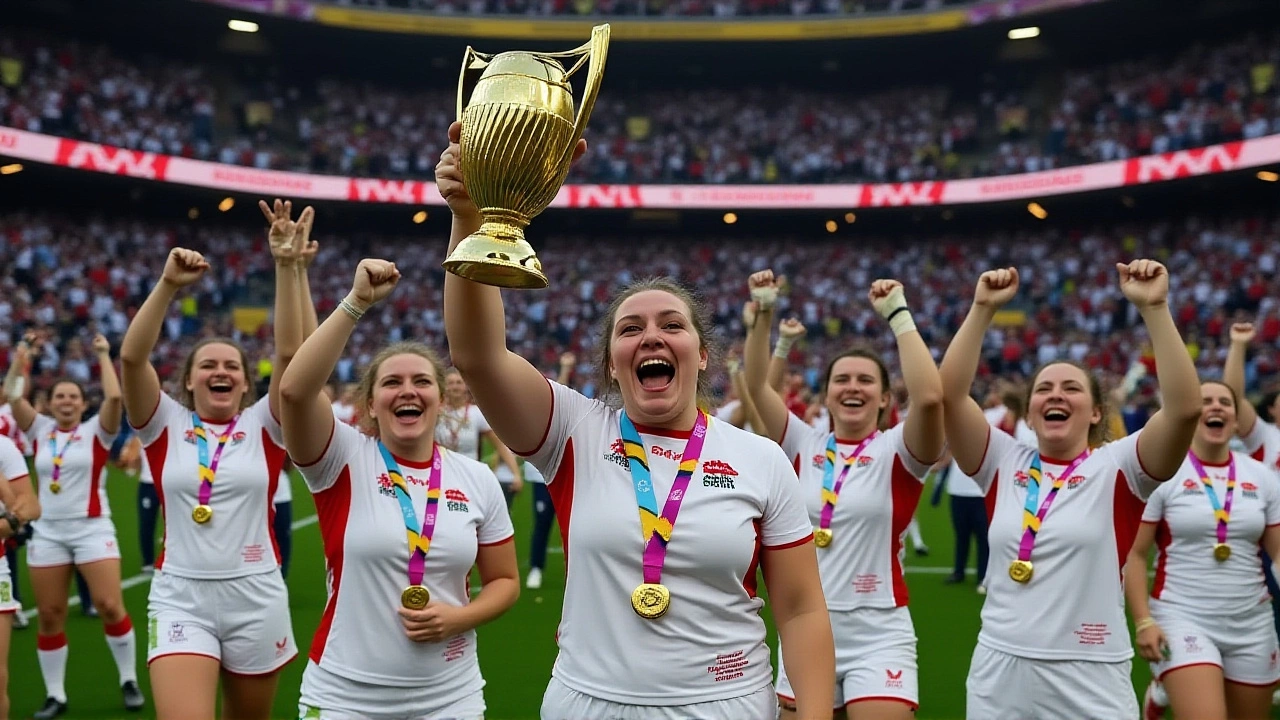Women’s Sport Audiences: Who They Are and Why They Matter
When talking about women's sport audiences, the group of fans who follow, watch, and support sports featuring women athletes or events aimed at female viewers. Also known as female sports fans, they form a distinct and growing segment of the sports market. Fan engagement, the ways fans interact with teams, players, and content is a key driver for this group, while media coverage, the amount and tone of reporting on women's sports determines how visible these audiences become. Sponsorship, brand partnerships that target fan demographics now increasingly rely on data about women’s sport audiences to shape campaigns.
Why does this audience matter? First, they boost ticket sales and broadcast ratings for events ranging from the UEFA Women's Champions League to the WNBA playoffs. Second, their purchasing power attracts sponsors who want to reach a demographic that values health, community, and empowerment. Third, the rise in women’s sport audiences pushes leagues to improve gender equity, fair access, pay, and representation for female athletes. In practice, more viewers mean more pressure on clubs to provide equal facilities and marketing budgets. For example, the surge in viewership during the recent Chelsea vs Liverpool match sparked conversation about how female fans engage with traditionally male‑dominated fixtures, highlighting the crossover appeal of high‑quality football.
How Fan Engagement, Media Coverage, and Sponsorship Interact
Women’s sport audiences drive fan engagement by demanding interactive experiences—social media polls, behind‑the‑scenes videos, and community events. This engagement, in turn, feeds media outlets with fresh content, encouraging broader coverage. More coverage creates better sponsorship opportunities because brands can track impressions across TV, streaming, and digital platforms. The loop looks like this: Women’s sport audiences engage with content → media outlets increase coverage → sponsors invest more → leagues improve resources → audiences enjoy richer experiences. Each step reinforces the others, making the ecosystem stronger.
Looking ahead, anything that limits one of these pillars will stall growth. Inconsistent media coverage can keep potential fans from discovering athletes, while weak sponsorship deals may limit the quality of production and outreach. Conversely, innovative engagement tools—like live‑chat during games or fan‑generated highlight reels—can accelerate discovery and build loyalty. The posts on our site reflect these dynamics, from match analyses that capture the excitement of a Premier League showdown to opinion pieces on gender bias in sport governance. Below, you’ll find a curated mix of stories that show how women’s sport audiences shape, and are shaped by, the broader sports landscape.
BBC Sport Smashes Viewership Records with England‑France Women’s Rugby World Cup Semi‑Final
BBC Sport's live broadcast of the England‑France Women’s Rugby World Cup semi‑final drew unprecedented numbers, topping previous records for women's sport in the UK. The match attracted millions on TV and online, signaling a surge in interest for women's rugby and prompting calls for greater investment.
